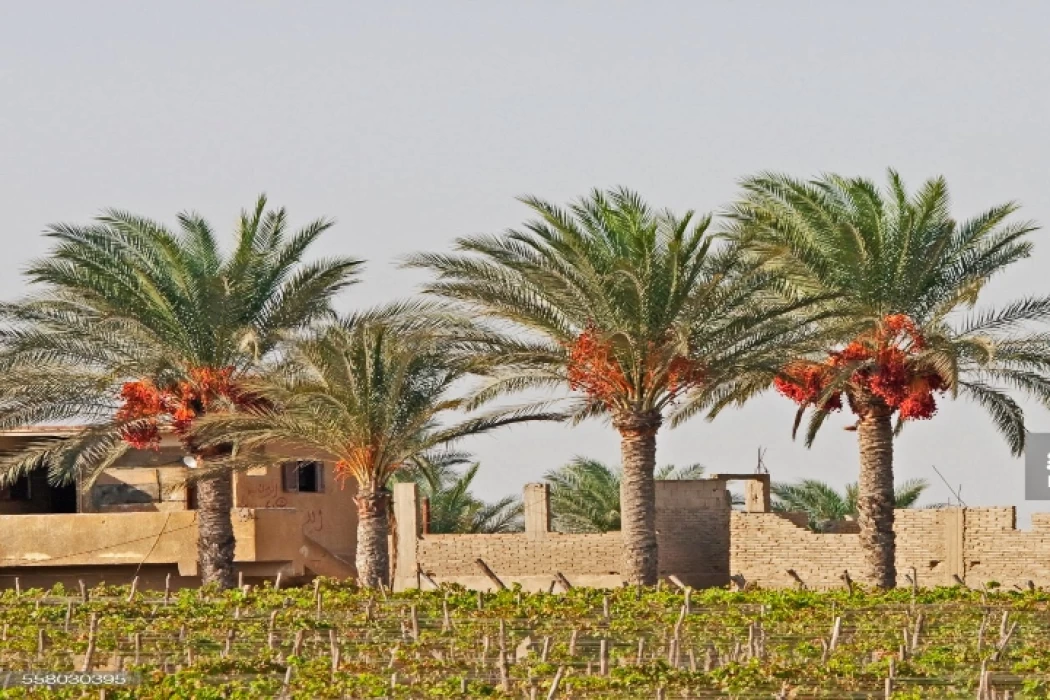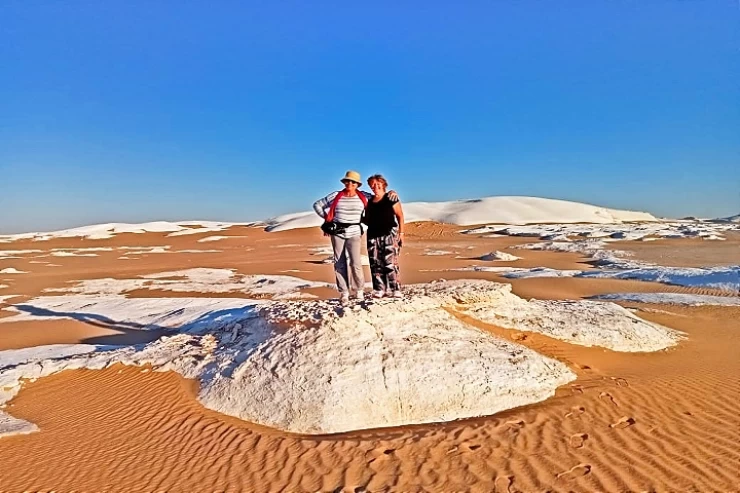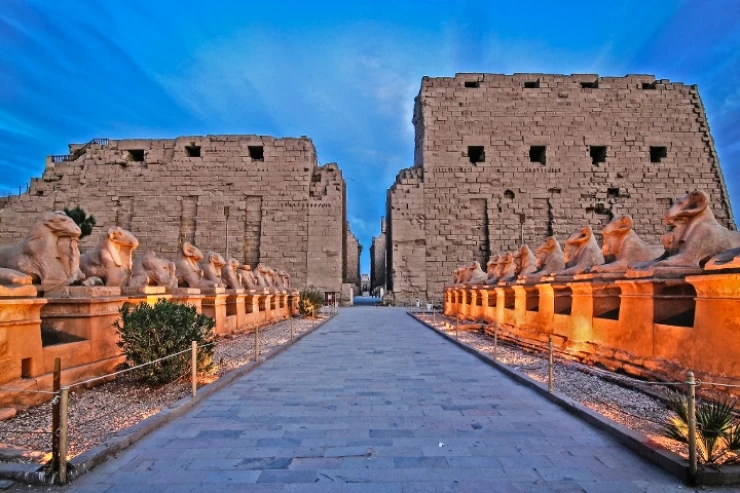
Egypt's Beheira Governorate
Beheira governorate
It’s an administrative territorial unit of the Arab Republic of Egypt, where the city of Damanhur serves as its capital and covers land of 9,119,253 square kilometer and is divided politically into sixteen cities and fifteen centers, and was liberated from British rule in 1807.
Cairo is found on the western region of the Delta of Nile in the country of Egypt where in the southern region it is bordered by Giza Governorate, to the east it faces the Rashid Branch, the Matrouh and Alexandria President covenants are to the west, while the Mediterranean Sea is located to the north.
The Egyptian population as compared to the global population as revealed by the year 2013 statistics. Its population is 5,346,253 million people, and the majority of the population speaks Arabic, the official language of the country, while the majority of the people follows Islam and Christianity.
National Day of Beheira Governorate
The residents of the governorate celebrate their national day every year, specifically on the nineteenth day of September, which commemorates the victory of the people of the governorate over the British army in 1807, and their evacuation from the country.
Beheira Governorate Landmarks
- Rosetta Museum: Built in the first half of the eighteenth century AD, it is a four-story building that dates back to the first half of the eighteenth century. Kom Taqala Archaeological Hill: Located on the southern side of Ezbet Al-Sawi.
- Al-Amsili House: It was built in the Mamluk era in 1213 AD by Othman Agha Al-Tubji.
- Qaitbay Fortress: Located on the western shore of the Nile River, it was built by Sultan Ashraf Abu al-Nasr Qaitbay at the end of the Mamluk rule.
- Other landmarks: A painting representing the argument for the construction of the Mahmoudiya Tributary, the Edko Salas, the Opera House in Damanhour, the Municipal Theater Building, the Municipal Library Building, the Edfina Qanatr, the coal-fired El Atf Electric Station, King Farouk Palace, the Legal School Building, and the Nubariya Electric Station.
General information about Beheira
- The governorate has 417 villages, and Kafr El Dawar is one of the largest cities in the governorate.
- Flags and personalities from the governorate: Muslim Brotherhood founder Abdel Hamid Koshk, journalist Abdel Moneim Sawy, Islamic preacher Muhammad al-Ghazali, popular hero Adham al-Sharqawi, Finance Minister Samir Radwan, writer Youssef al-Qaied, football coach Hassan Shehata, Islamic scholar Muhammad Abdullah, diplomat Mostafa al-Fekki, singer Muhammad Abdel Muttalib, physicist and chemist Ahmed Zewail, and Sheikh of Al-Azhar Ahmed al-Damanhouri.
- Its administrative centers: New Nubariya, Hosh Issa, Itay al-Baroud, Wadi al-Natrun, Idku, Abu Homs, Shubrakhit, Abu al-Matamir, Dalanjat, Rashid, Kafr al-Dawar, Damanhour, Kom Hamada, Rahmaniya, Badr, Nabaa al-Hamra, Kom Hamada, and Mahmoudiya.
















